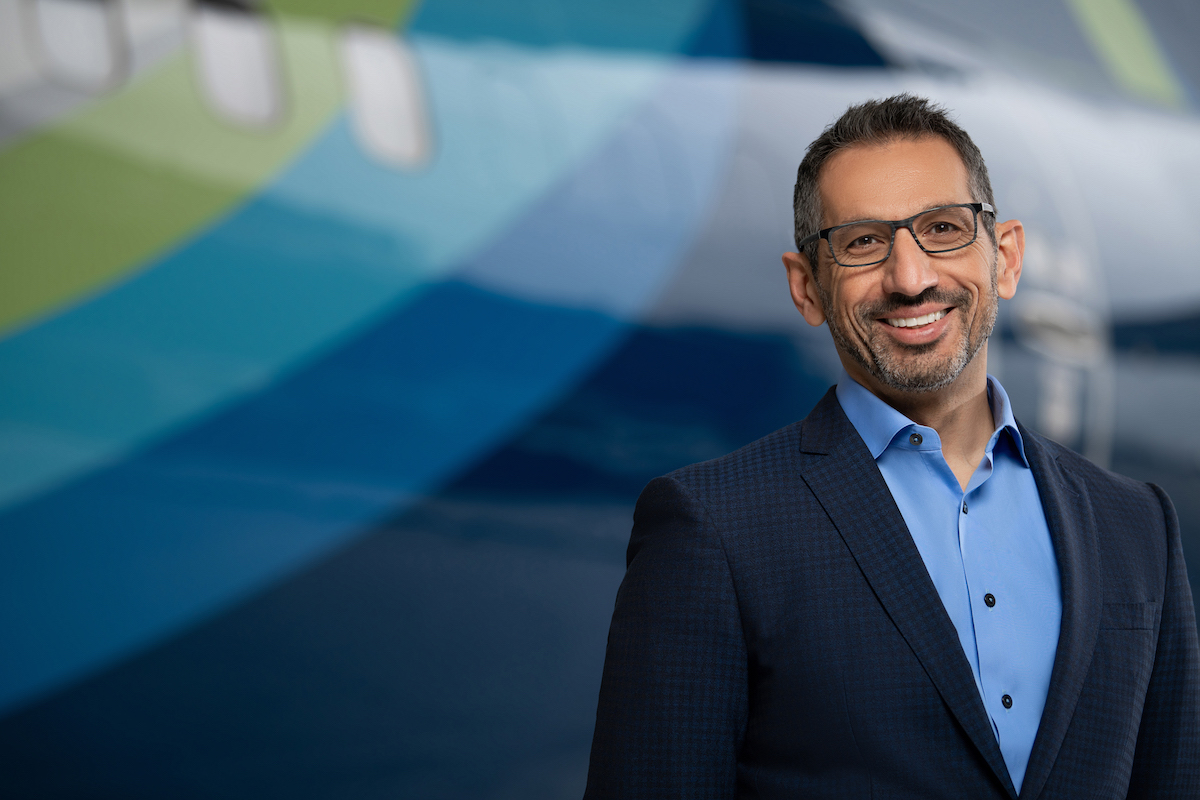Alaska Airlines CEO Ben Minicucci is confident that the carrier will continue serving all of the small cities in its network for the foreseeable future, despite a worsening shortage of captains at its regional affiliates.
“I see the problem getting worse, not better,” Minicucci said referring to the pilot shortage in an interview Wednesday with Airline Weekly in Washington, D.C. Asked whether that meant Alaska could end service to some of the small cities in its network — many where it is the only air connection to the outside world — he said: “Right now, no. Not in the short term.”
That’s generally good news for all the small cities Alaska serves. The airline, thanks to its geography, is the sole major carrier in many small Pacific Northwest and state of Alaska markets, including Kotzebue and Wrangell, Alaska, Pullman-Moscow serving northern Idaho and eastern Washington, and Yakima, Wash., to name a few.
“What I’m worried about is next year and the year after that,” Minicucci concluded on small city air service, and again pointed to the shortage of captains at regional airlines. Alaska’s wholly-owned regional subsidiary, Horizon Air, faces elevated pilot attrition rates that, while not forcing it to park any aircraft as at some other airlines, does mean it is flying planes at lower utilization levels than before the pandemic.
Alaska also contracts SkyWest Airlines for some of its regional flying. Minicucci did not comment of the Utah-based carrier’s plan to launch a schedule charter operator, SkyWest Charter, to continue serving federally subsidized communities.
Small cities around the U.S. have lost service since a shortage of certified pilots in the U.S. worsened in 2021. That shortage, which today is more about captains than an overall lack of pilots, and rising costs across the industry has resulted in the Big Three — American Airlines, Delta Air Lines, and United Airlines — exiting 74 markets since April 2020, recent data from Ailevon Pacific Aviation Consulting shows. Not all of those markets have entirely lost air service on a major carrier but some, including New Haven, Conn., and Toledo, Ohio, have.
To address pilot staffing, many airlines are focused on expanding the pipeline of new pilots. American and JetBlue have partnered with flight schools and regional airlines to create pathway programs to jobs, while Alaska and United have gone so far as to set up their own flight schools. But training new pilots takes years and costs tens-of-thousands of dollars given all of the required schooling, and the rule that all new airline transport pilot licenses — those required to fly at an airline like Alaska or United — require at least 1,500 hours in the cockpit.
Expanding the capacity of the U.S. aviation system, including boosting the supply of new pilots and ensuring there are enough air traffic controllers, is “critical” for Minicucci in the upcoming reauthorization of the Federal Aviation Administration. Separate reauthorization bills were introduced in the House and Senate earlier in June; however, only the House bill has been marked up to date. The current FAA funding measure expires on September 30.
“The problem with reauthorization is being distracted by the talk of slots while we should be talking about [air traffic control] staffing and modernization, which is the most critical thing we should be talking about,” Minicucci said. “We should be talking about how we address the pilot shortage issue that’s really prevalent on regional airlines,” and sustainability issues.
The FAA is short about 3,000 air traffic controllers this summer. As a result, it has allowed airlines to reduce flights into and out of New York by 10 percent to minimize delays. Transportation Secretary Pete Buttigieg said in May that it would be a “while” before staffing hit target levels due to training and budgetary constraints on hiring, and attrition that reduces new hire classes by as much as half.
“My sense is their schoolhouse is not producing the number of [air traffic control] controllers that we need,” Minicucci said. “Is it not enough instructors? Is it not enough applicants? Is it not enough classrooms? Is it not enough tools and technology to help train them? When they address that, they can go from 1,500 [trainees] a year” to doubling that number.
New air traffic controllers first learn the ropes at a FAA training facility in Oklahoma City, before moving to on-the-job training at an air traffic control center. The process takes up to three years.
The slots that Minicucci referred to is the debate in Congress over whether to include new slots at Washington’s Reagan National Airport for flights beyond its 1,250 perimeter in the reauthorization bill. Alaska has joined American and United opposing any new long-distance slots. Delta is pushing for up to 56 new slots — or 28 pairs of which one is needed for a round-trip flight — for flights beyond the perimeter. And discounter Spirit Airlines has suggested a compromise solution that would add budget competition at National.
“DCA is already congested,” Minicucci said of Alaska’s opposition to new long-distance slots at National. “It’s at capacity today.”
On sustainability, Minicucci applauded the Biden administration’s inclusion of first-ever sustainable aviation fuel (SAF) tax incentives in the Inflation Reduction Law last year. Alaska used 150 million gallons of the fuels last year but that amounted to less than 1 percent of its total fuel usage; the airline wants to increase that to 3 billion gallons by 2030 — a 20-fold increase in just seven years. To achieve that dramatic increase in SAF, which is true across the industry and not just at Alaska, he called for more support from the U.S. government.
“The ramp up of sustainable aviation fuels is very, very steep, and what it’s going to take is our industry working together, and our government, and manufacturers,” he said. “It is the only path forward to actually make an impact.”





